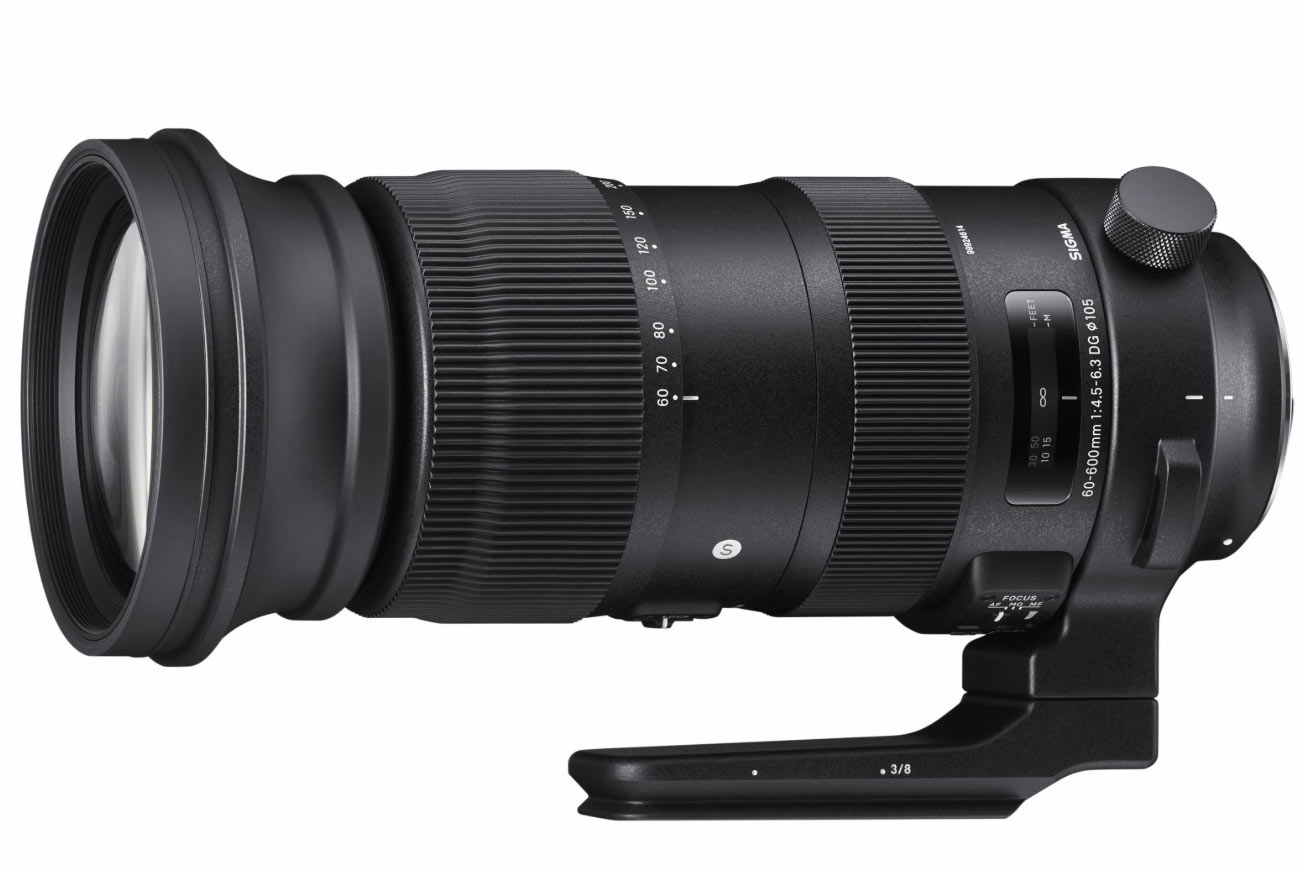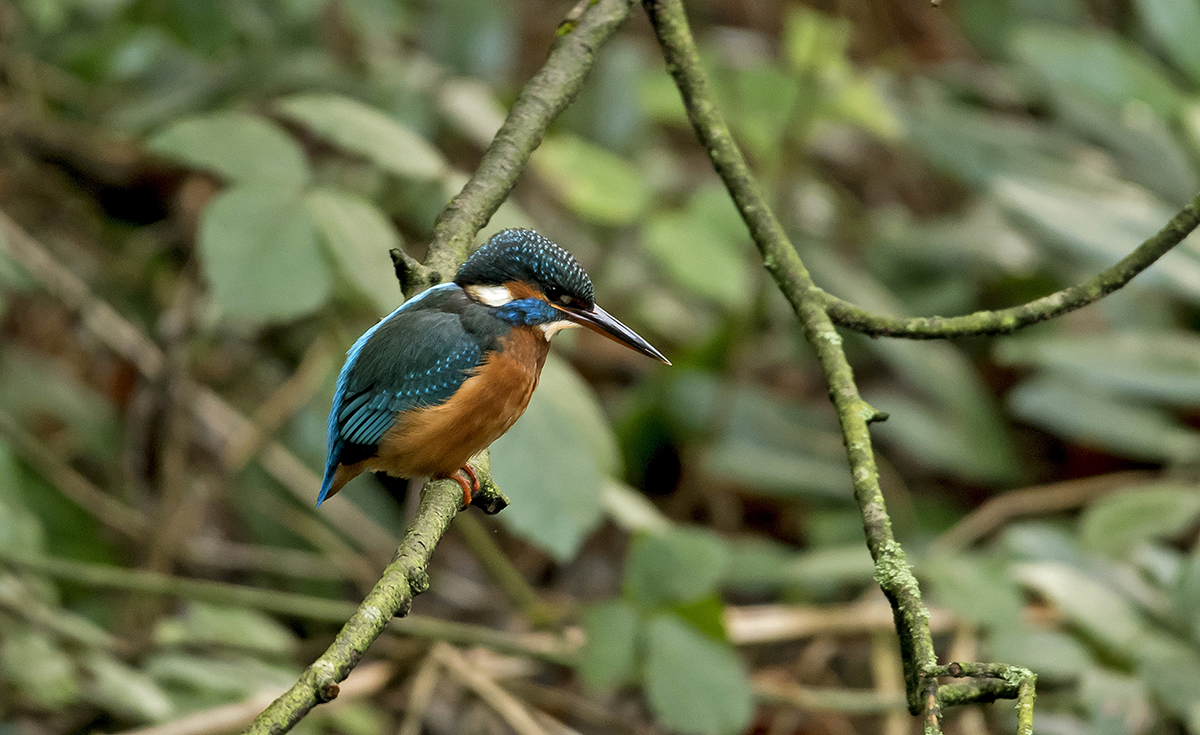Sigma 60-600 mm f4.5-6.3 DG OS HSM zoom lens
Not so long ago I owned a Sigma 300-800 mm f5.6 lens; it was huge and heavy, but with great pulling power for those distant rarities. As times changed (and I got older) the sheer weight of that zoom made me swap it for lighter lenses. When I took this new 60-600 mm f4.5-6.3 zoom out of the box I soon realised that weight was not a problem. At just 2,700 g, I felt I could hand-hold it for most of my photography.
The length of the lens changes as you go through the zoom settings, as does the aperture, so be prepared to adjust the exposure if you shoot in manual; auto will compensate for itself. Switches on the side of the lens control the auto-focus (AF) and optical stabiliser (OS) settings.

No matter how many times you play with a lens in the shop there is only one way to test it properly: by taking photos outside in real conditions, preferably on a dull day so that AF, OS and sharpness can truly be tested.
The first test was a cheat as it wasn't truly outside. The birds were, but I was inside, shooting into the garden. I'd just seen two Blackcaps visiting the ivy and feeding on the fruit I put out for Blackbirds. These were my first wintering individuals, so I was keen to take a record shot. The birds were 15 m away and the light was awful, so I was very pleased with the results I achieved hand-holding at only 1/125th sec. The AF and OS worked perfectly and even though the bird was small in the frame, when enlarged on screen it was very acceptable.
Once I'd attached the strap to the lens, I was off out to one of the local parks which has a resident Common Kingfisher during the winter and which I hoped would show. I wasn't to be disappointed by either the bird or the lens. Both performed very well, and although the kingfisher was never as close as I'd have liked, it looked good through the lens. It moved away after a short while and so did I, heading towards the lake which was in sunshine, unlike the shaded Common Kingfisher.
Black-headed Gulls, Little and Great Crested Grebes and, surprisingly, Mandarin Ducks were the subjects taken at a wide range of differing zoom lengths and all looked very good.
After a couple of wet days, I found some feeding Fieldfares and Redwings locally. Again I couldn't get close, but took a few shots from around 45-55-m range to see what they would look like later. The birds were quite small in the frame, but even after cropping into the centre the quality was very acceptable.

Common Kingfisher is a subject to brighten up any overcast day and it was great to use this lens on such a lovely bird. It was never really close and remained in the shade, but a very good result considering the shutter speed was only 1/80th sec. 600 mm setting, 1/80th sec, f6.3, ISO 1,000, 25 per cent crop.
The lens was a joy to use. It couldn't be called lightweight, but for the wide focal length range, it couldn't be called heavy, either, and I had no problems carrying it around for a day over my shoulder. I used it hand-held all the time, as this is how I imagine most prospective buyers will want to use it, but there is a mount for a tripod. With a close focus of just 0.6m, it could also be useful for butterfly and dragonfly photography.
I'll be very surprised if anyone who buys this lens is disappointed with it; considering the wide zoom range of this lens it is competitively priced and available in Sigma, Canon and Nikon versions.
Further info
- Price: £1,899
- Focal length: 60-600 mm
- Diameter: 120 mm
- Length: 268 mm
- Weight: 2,700 g
- Close focus: 0.6 m
- Mounts available: Sigma, Canon, Nikon
- Guarantee: three years
Verdict
- Image retains good detail even when taken at distance
- Very lightweight for the wide focal length range

